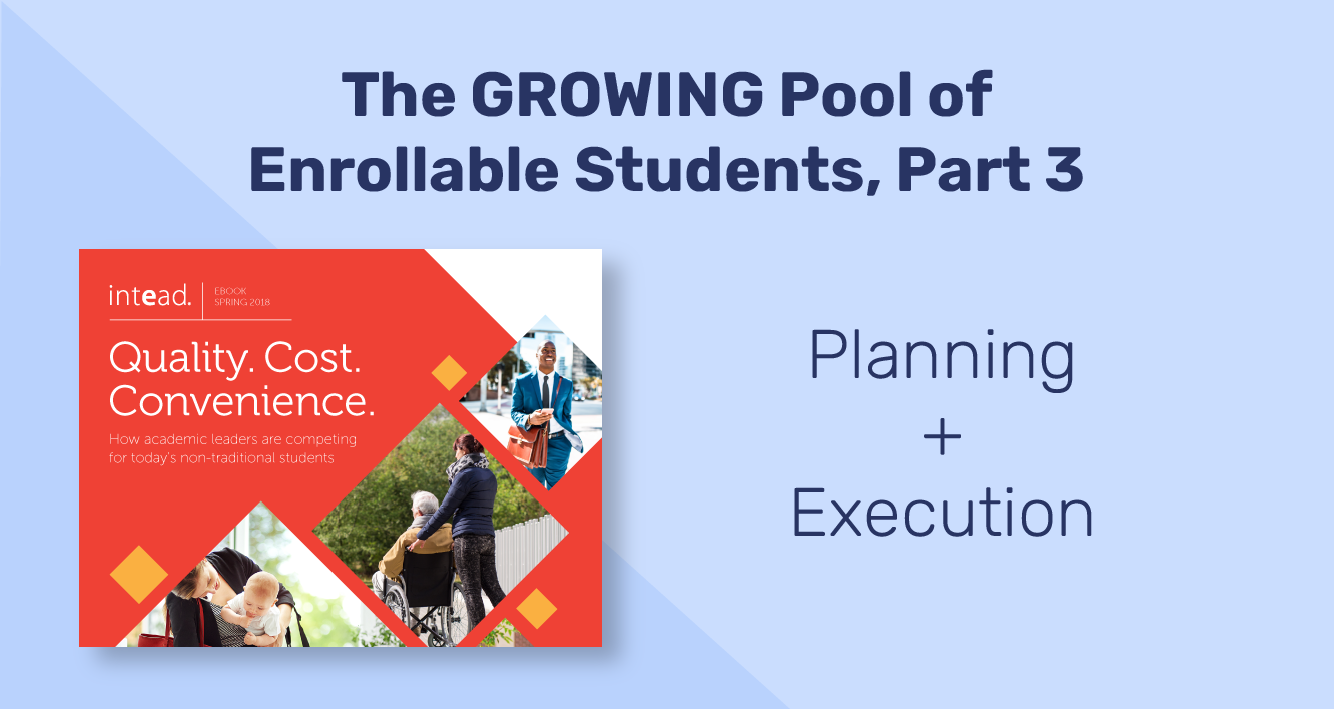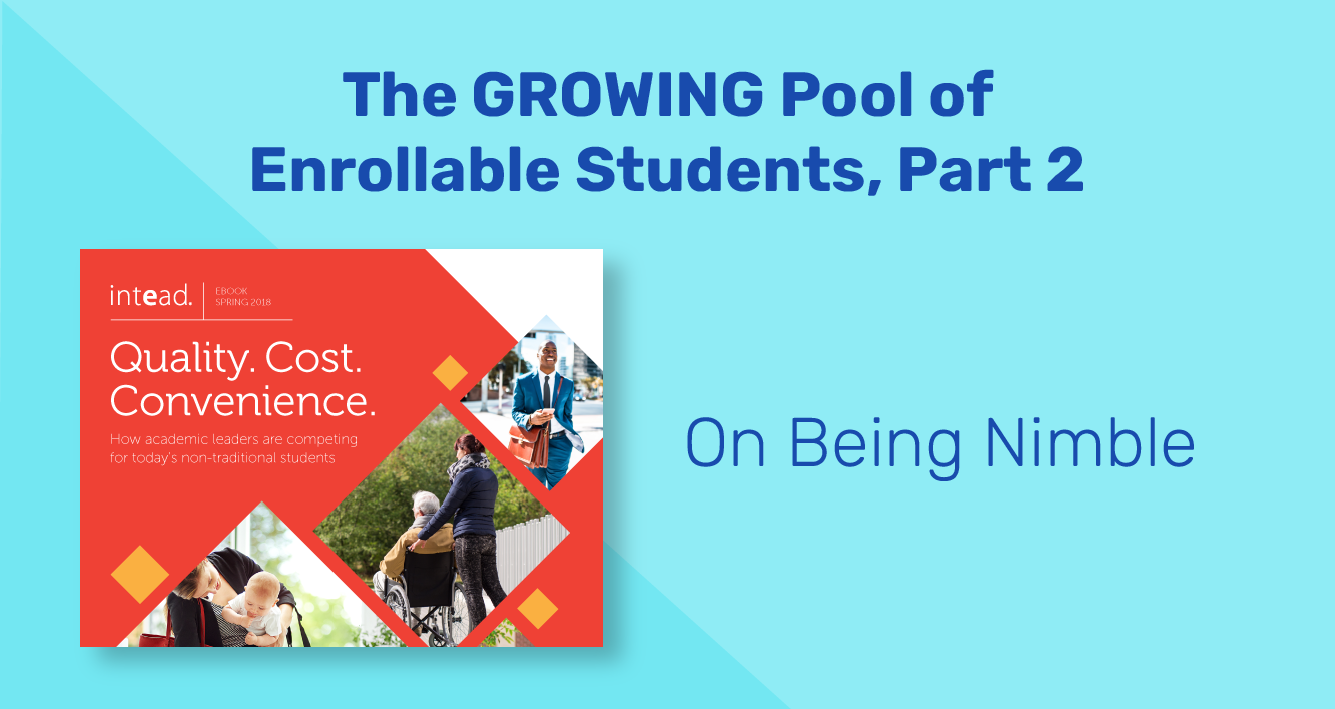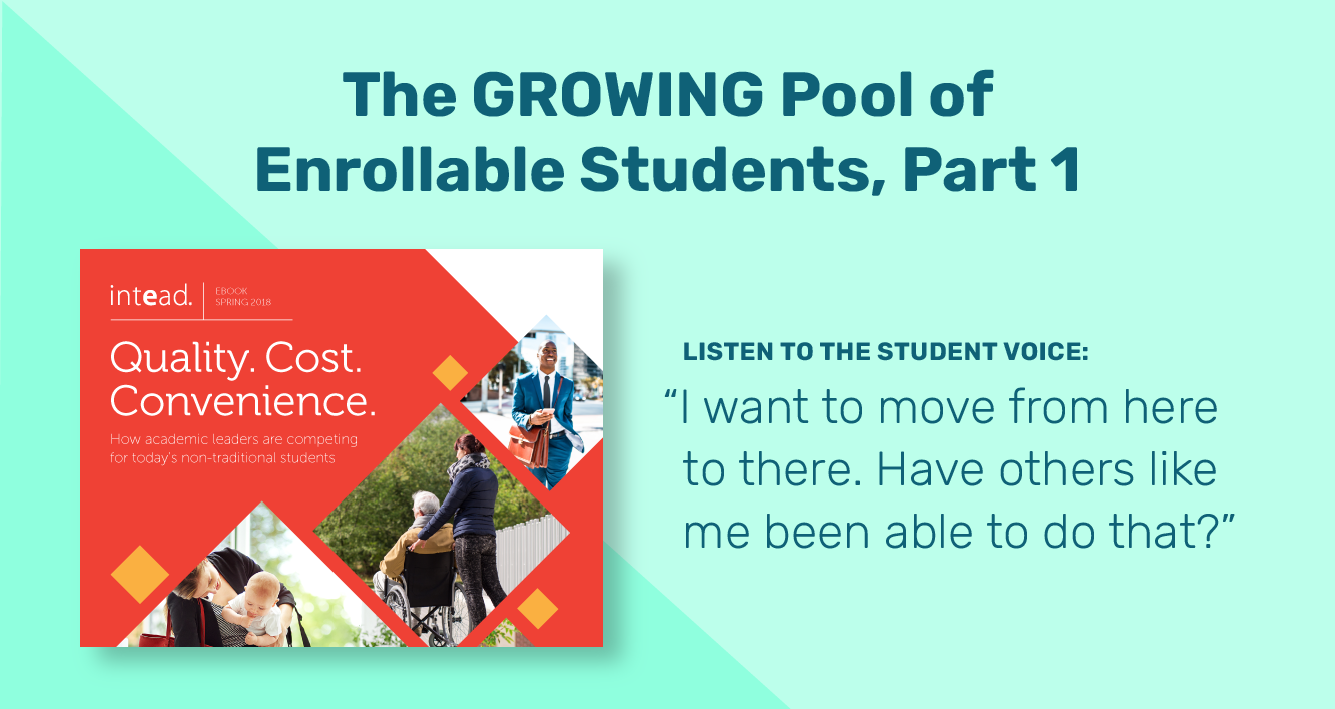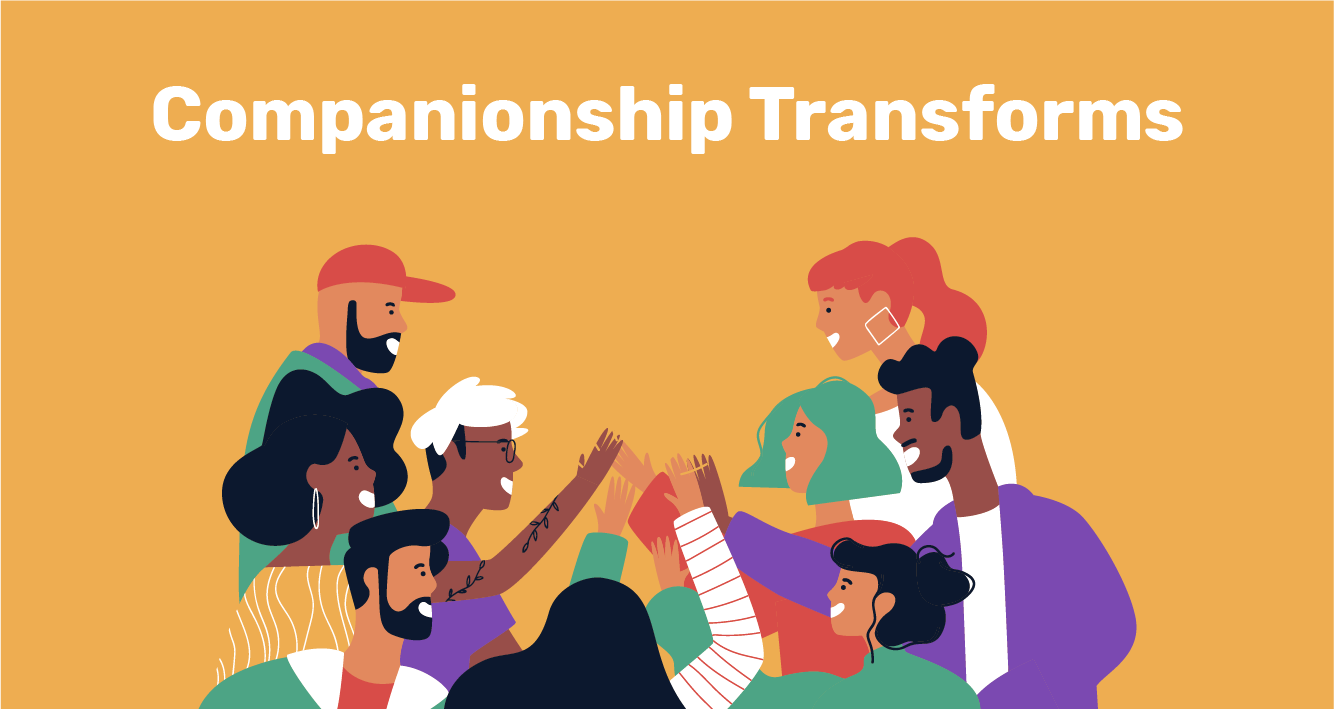As your institution strives to hit ever-more ambitious enrollment goals we know that you are focused on the future.
Part of that future, for those up to the challenge, will be putting great effort and resources into diversifying your student source countries. With shifts in student mobility, declining enrollment in English language programs, and major changes in the Chinese student market, now is not the time to rest on your institution’s laurels.
Beyond the educational, cross-cultural benefits of a more globally representative student population, broadening your recruiting channels will help you meet your enrollment targets. Your CFO and senior administrators will thank you, since diverse global enrollment = diverse revenue sources, meaning a more stable base of tuition that can weather downturns in individual markets.
But which student markets should you target? And, more importantly, how can you best appeal to those students?
Enter our latest Know Your Neighborhood eBook: a special edition report focused on student recruitment in the emerging markets of Africa and Latin America. In partnership with FPPEDUMEDIA, and their fabulous international student database, we reached out to our target markets and received more than 12,300 survey responses from students in 16 countries. Of course, we crunched the numbers and created some great infographics to convey our insights to you.
With this report you will make better and more informed decisions as you embrace and adapt to a changing global market.
From top program interests to messages that most influence students’ university selection and everything in between, we’re giving you a country-by-country breakdown of our findings, including recommendations on how and where to engage students.
Give it a read, and when you’re ready to put the insights into play, we’re here to talk: info@intead.com.
Read on for a preview and to download your copy…
Read More
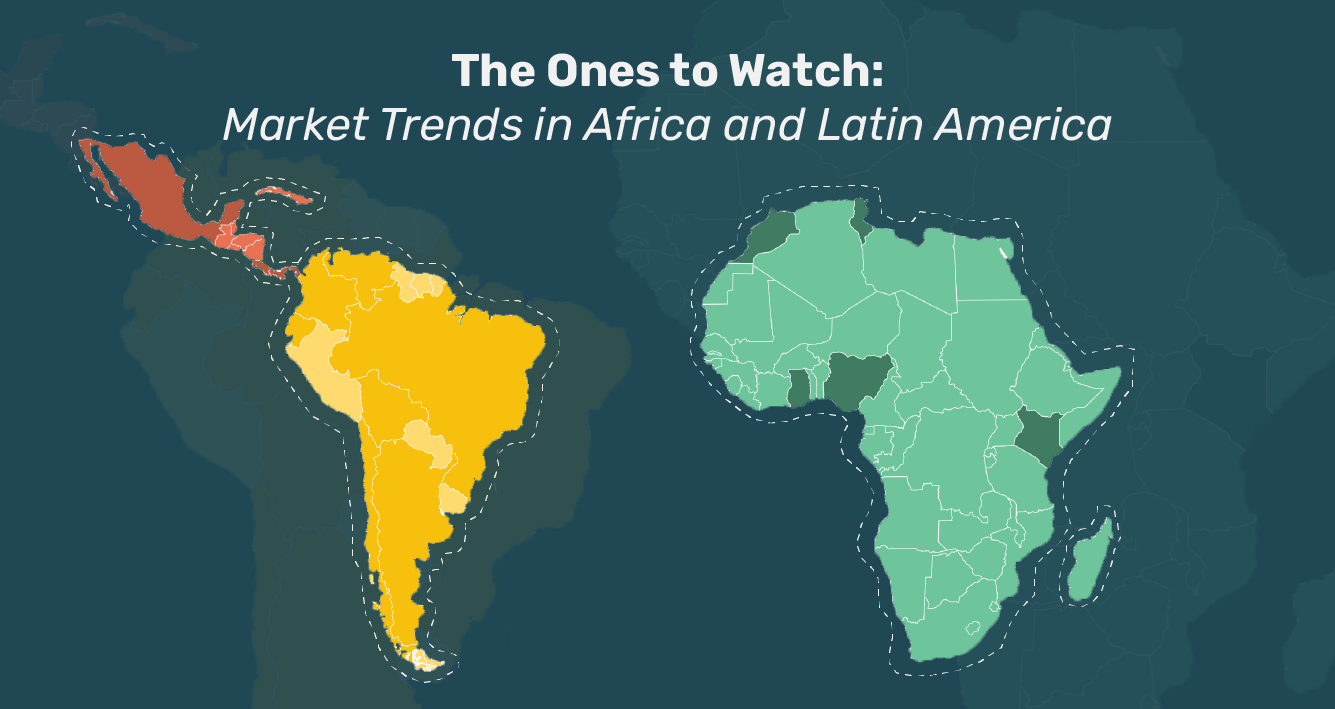
.png)
